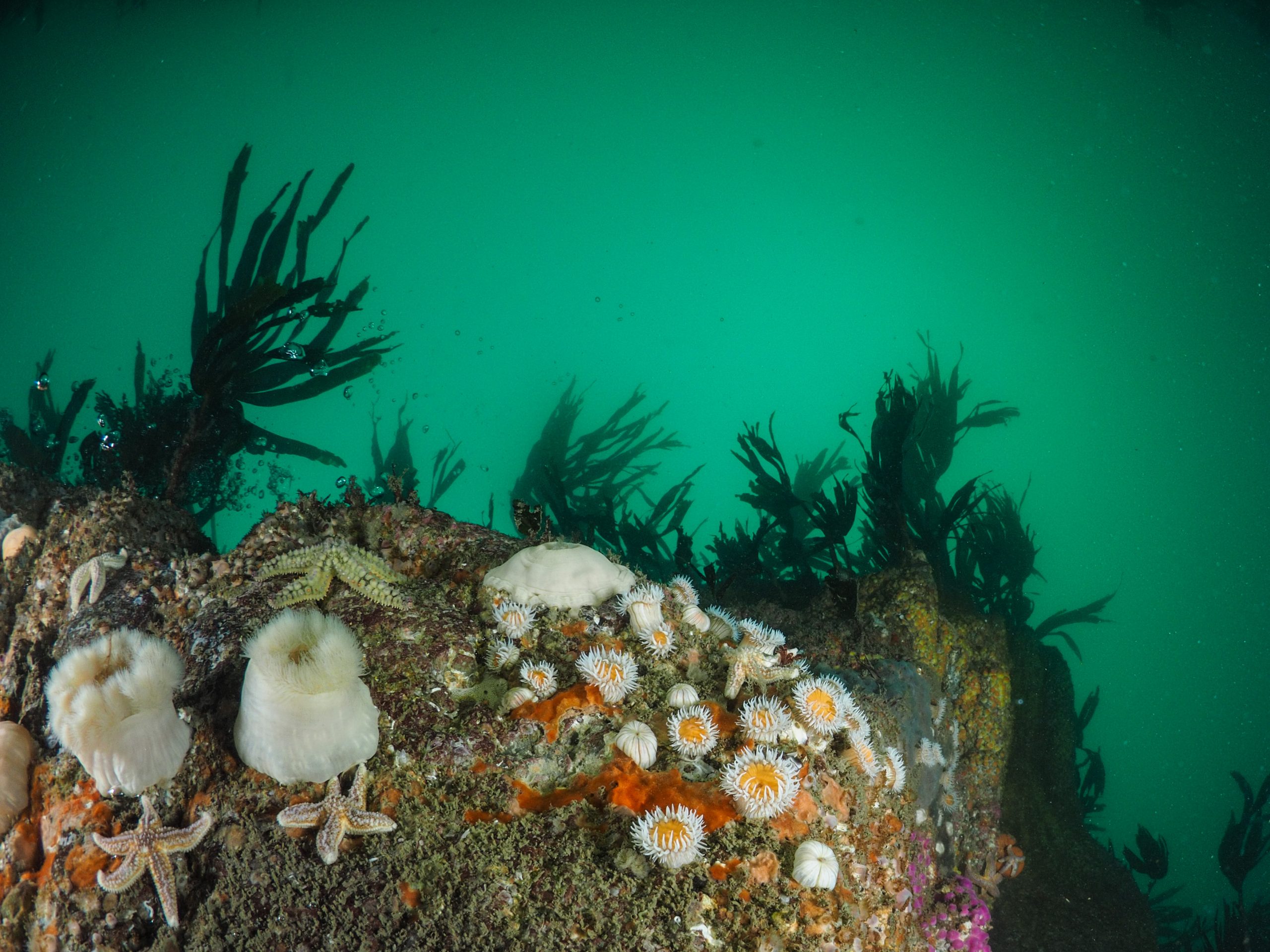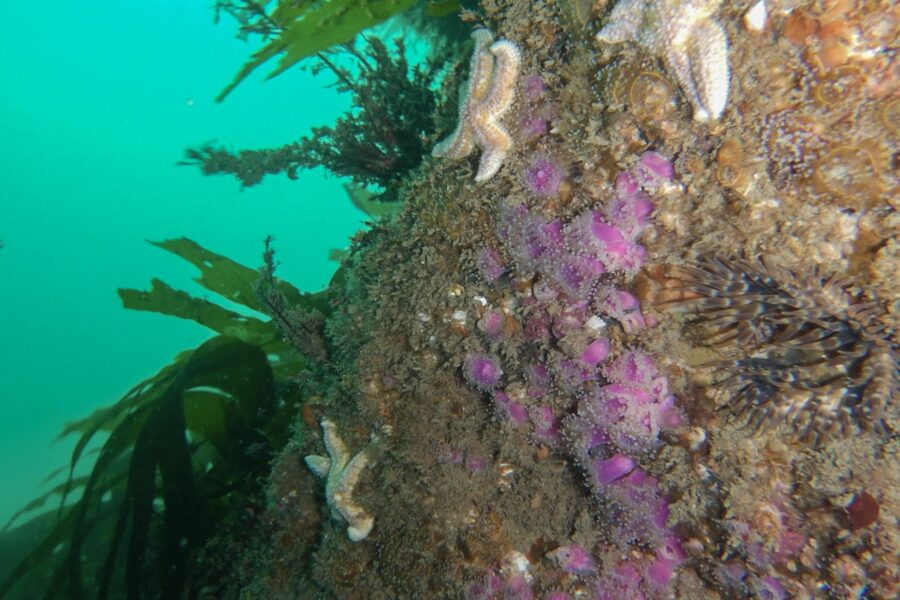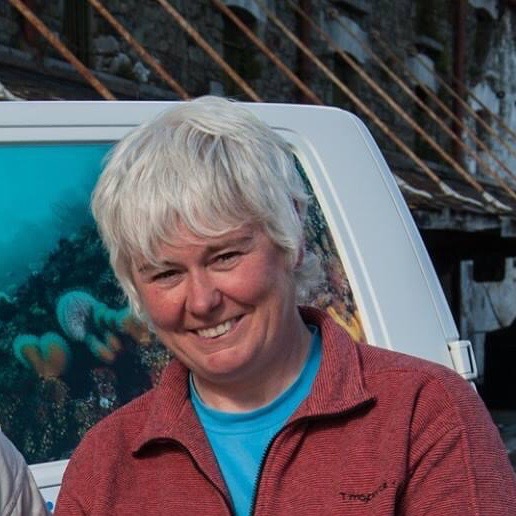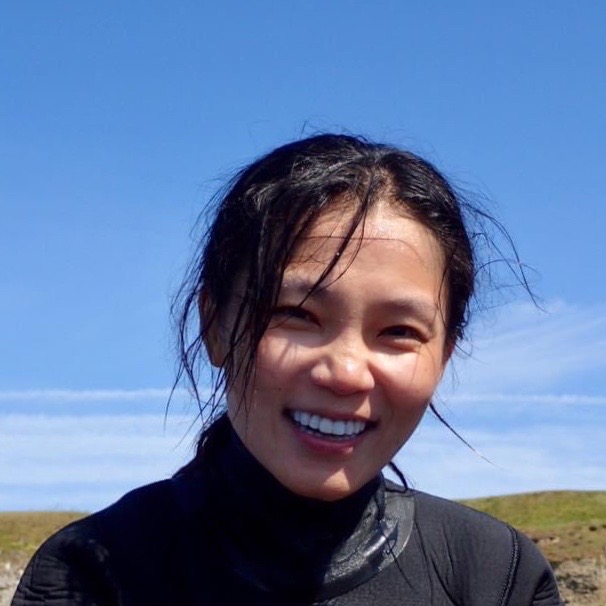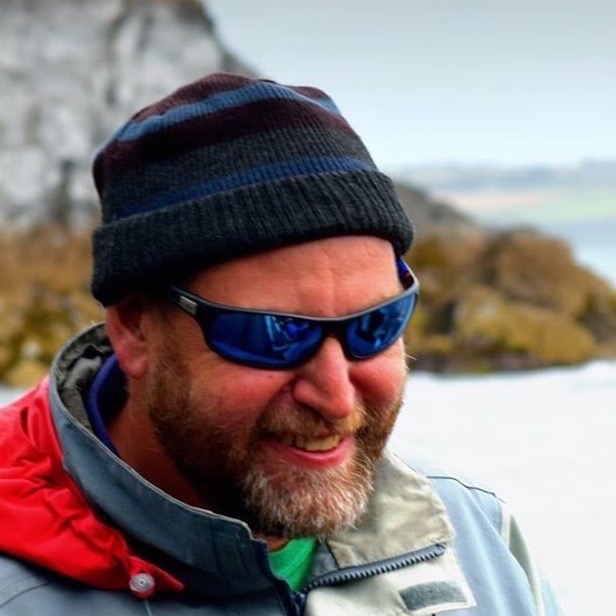Camaraderie
People come to diving form all different backgrounds and it is a real leveller for making friends with people from all walks of life. Seeing amazing things underwater together, using the buddy system, which means relying on and looking out for each other, builds bonds between people whose paths would otherwise never cross. Age is also irrelevant, once you are in good health — children as young as 10 and seniors can all go diving. (Here at OceanAddicts our minimum age for young people is 14.)
Diving is first and foremost an exciting and fun activity so it is no wonder that those who dive together have fun together. Whether it is having a chat over coffee or a creamy pint after the dive or travelling to and from the dive site on the boat, the atmosphere among divers and instructors is light-hearted and good-humoured.
Mindfulness
“From Birth, man carries the weight of gravity on his shoulders. He is bolted to the earth, but man has only to sink beneath the surface and he is free”. — Jacques Cousteau
No matter what stresses you might be feeling on land, once you sink under the waves they disappear. (And there is no way to check phones or emails down there!). Once underwater you are in the moment, looking after yourself and your buddy in an alien environment and being mesmerised by the sights you are seeing. This is an incredibly positive aspect of diving that leaves you feeling relaxed and recharged.
Dive here, dive anywhere!
“When one man, for whatever reason, has the opportunity to lead an extraordinary life, he has no right to keep it to himself.”
— Jacques Cousteau
Learning to dive is a life skill and there is no better place to learn it than here in Ireland. Diving here is spectacular — and yes, it can be a bit more challenging at first, but mastering your diving skills in our temperate water will equip you with the ability to dive in any conditions.
Diving will take you to places you would never have thought of going and will give you experiences you never dreamed of.
World Class Diving & Marine Life
“This is my church. Down here you feel the power of nature’s imagination, which is so much greater than our own.” — James Cameron
Ireland might not be the first place that springs to mind when someone is choosing a destination to go diving. We don’t have any shallow water coral reefs or the warm blue waters of the tropics. Yet Ireland is right up there with those places in terms of world class diving. Our water being green with plankton — the basis of all life in the ocean — and our coast being washed by the warm rich waters of the gulf stream leads to a great diversity of life. It is the unexpectedness of life and colour in our waters that makes diving here so special, you never know what you’ll encounter. We have the special moments when you might see the extraordinary like a basking shark or a sun fish at a particular time of year, but it is the abundance and variety of the “ordinary” life that never fails to reward the diver.
The Three Blennys
An example of the uniqueness of the variety of life here is the blenny. The tompot blenny is a fish native to Irish waters. Here, in the waters around Kinsale however, we also get the Portuguese or red blenny, a Southern species native to Southern Europe and Yarrrel’s Blenny, which is not supposed to live further south than Scotland. To see these three varieties of blenny in the one place is highly unusual.
Hidden Jewels
One thing that so many people do not expect to see when diving off the south coast of Ireland is the bright and rich spectrum of colours that lie beneath the water. It is hard to believe that under an often grey surface, just 10ft down, there are walls of jewel anemones in turquoise, yellow, pink, florescent green, violet blue, rusty brown and other shades and colours. People are constantly blown away in surprise at the sight of these psychedelic blocks of colour. When it comes to hidden gems, the sights here really are one of the best kept secrets in the world.
Up Close
For people who are into nature, diving provides a wonderful opportunity to feel immersed in it. While on land wild animals and birds may flee at the sight of a human, underwater we pose no threat, so we really can get up close to marine life. Lobsters, conger eels, sharks and seals don’t go away when faced with a diver, but can be as curious about us as we are about them.
Tiny Monsters
It’s not just the big stuff that’s fascinating – it’s the small stuff, too. There are animals that look like seaweed – bryozoans and hydroids – that nudibranchs or seaslugs and other creatures feed on. There are unimaginable things, such as an equivalent of a caterpillar that turns into a butterfly where the juvenile is more beautiful than the adult. The sheer weirdness of these lifeforms would be difficult to invent. In fact, when coming up with monsters for the big screen, movie makers often turn to the sea. Bizarre tiny creatures become terrifying monsters when magnified in size. The most famous example is the xenomorph in Ridley Scott’s Alien, which is purported to have been based on an ocean parasite, the phronima. Star Wars Jabba the Hutt’s resemblance to a sea cucumber might be no coincidence, nor the Tremors killer sandworms’ likeness to the bobbit worm.
